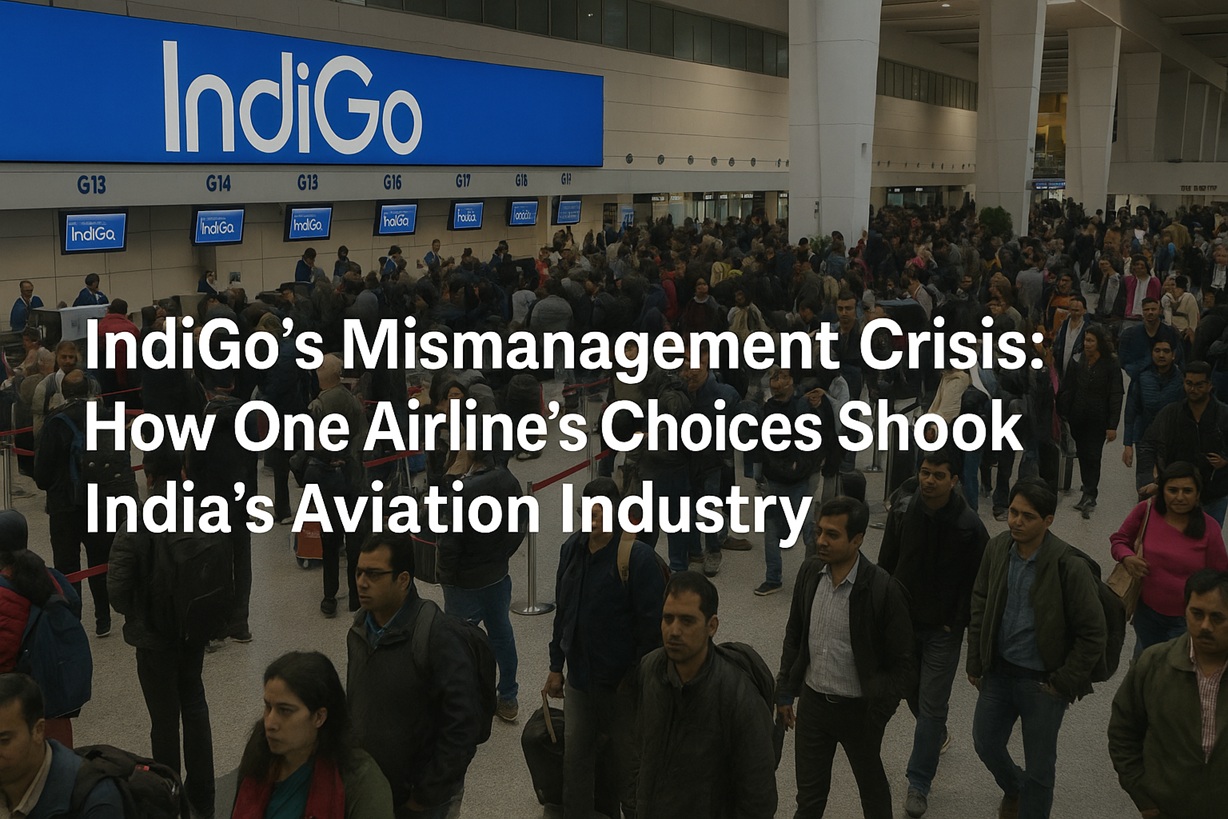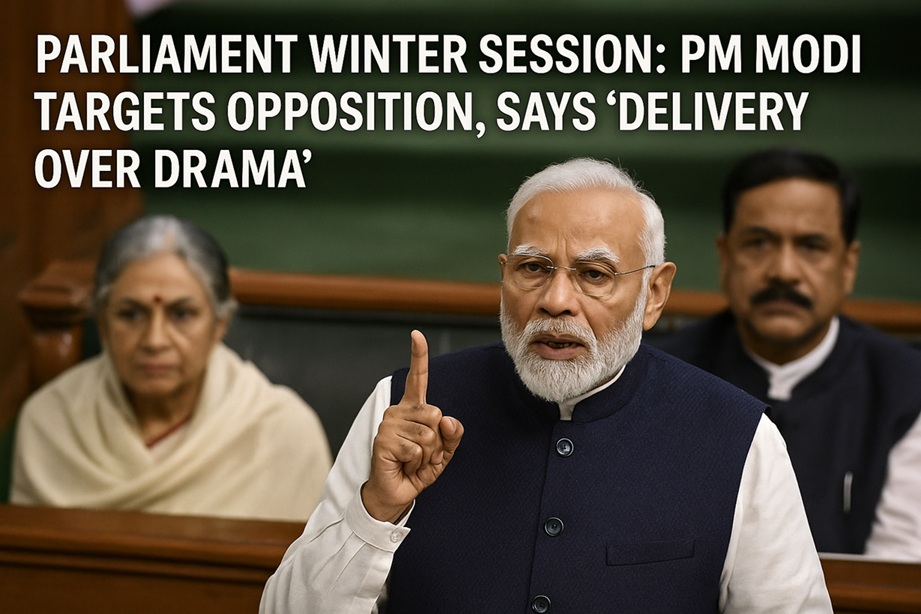Five years after the world was shaken by the COVID-19 pandemic, China is once again grappling with an outbreak of a respiratory virus, the Human Metapneumovirus (HMPV). This virus, while not new, is raising alarms due to its rapid spread and the Chinese government’s lack of transparency. Cases of HMPV have already been reported in other countries, including Malaysia, Hong Kong, and India, prompting health advisories and increased vigilance across Asia.
What is HMPV?
HMPV is a common respiratory virus that typically causes cold-like symptoms. It was first identified in 2001 in the Netherlands and has been around for decades. Most children contract HMPV before the age of five. The virus usually leads to mild symptoms such as:
- Runny nose
- Cough
- Sore throat
- Shortness of breadth
- Fever
- Rash
In extreme cases, it can cause complications like bronchitis or pneumonia, particularly in children, the elderly, and individuals with weakened immune systems.

Unlike many other respiratory viruses, there are currently no vaccines or antiviral treatments for HMPV. Patients are treated symptomatically, and severe cases may require oxygen support or even ventilators.
Comparison of Human Metapneumovirus (HMPV) and Severe Acute Respiratory Syndrome Coronavirus (SARS-CoV)
| Parameters | Human Metapneumovirus (HMPV) | Severe Acute Respiratory Syndrome (SARS-CoV) |
| Causative Agent | Human Metapneumovirus (RNA virus, Paramyxoviridae family) | SARS-CoV (RNA virus, Coronaviridae family) |
| Discovery | Identified in 2001 in the Netherlands | Identified in 2002 in Guangdong, China |
| Symptoms | Mild cold-like symptoms: runny nose, cough, sore throat, fever. Severe cases: bronchitis, pneumonia | Fever, dry cough, shortness of breath, muscle pain, pneumonia, ARDS |
| Severity | Generally mild; severe cases are rare in high-risk groups | Highly severe, ~9.6% fatality rate |
| Transmission | Respiratory droplets, close contact, contaminated surfaces. Seasonal peaks in winter/spring | Respiratory droplets, direct contact, fomites. High transmissibility |
| Global Impact | Endemic with occasional localized outbreaks. Limited global impact. | Global outbreak in 2002–2003, 8,000+ cases, 774 deaths, widespread panic |
| Vulnerable Groups | Children under 5, elderly, immunocompromised individuals | Elderly and individuals with pre-existing conditions |
| Treatment | No specific antiviral; symptomatic treatment; oxygen support for severe cases | No specific antiviral; supportive care, isolation measures |
| Vaccination | No vaccine available | No vaccine developed during the outbreak |
| Current Status | Circulates globally as a seasonal virus | Outbreak contained in 2003; no cases reported since 2004 |
The Current Outbreak
While HMPV outbreaks are not unusual during the winter, the current situation in China is concerning due to the scale of infections and the striking similarities to the initial stages of the COVID-19 pandemic. Hospitals in China appear overwhelmed, with images showing crowded facilities, patients in masks, and some walking around with IV lines. These visuals, though unverified, have heightened global anxiety.
The Chinese government has not shared critical details about the outbreak. There is no official data on the number of cases, the severity of infections, or whether this is a new strain of the virus. Instead, China has downplayed the outbreak, attributing the rise in respiratory infections to the winter season and claiming the caseload is “small.”
HMPV Beyond China
The virus has already spread beyond China’s borders, with cases reported in Malaysia, Hong Kong, and India. In India, three confirmed cases have emerged—two in Bengaluru and one in Ahmedabad. All three cases involve infants with no travel history, raising concerns about community transmission.
Health experts in India have reassured the public that the situation is under control. The Ministry of Health has issued advisories, stepped up surveillance, and confirmed that no major spike in infections has been observed so far. However, authorities remain vigilant and are closely monitoring developments.
Why is This Outbreak Alarming?
Despite HMPV’s relatively mild nature, this outbreak has raised alarms for several reasons:
- Scale of Infections: The high caseload in China suggests this outbreak is larger than typical seasonal surges.
- Lack of Transparency: The Chinese government’s failure to release data mirrors its handling of the initial COVID-19 outbreak, fueling suspicions and global unease.
- Potential for Overwhelmed Healthcare Systems: Any large-scale outbreak has the potential to strain healthcare resources, even if the virus itself is not highly lethal.
- Vulnerable Populations: HMPV disproportionately affects children, the elderly, and people with compromised immune systems. Without vaccines or antiviral drugs, these groups are particularly at risk.
Global Precautions and Recommendations
Governments in the region, including Cambodia, Taiwan, and India, have stepped up surveillance and issued precautionary measures. Experts are urging basic hygiene practices to limit the spread of the virus:
- Wash hands frequently and thoroughly.
- Avoid crowded places, especially during peak infection seasons.
- Wear masks in public spaces.
- Seek medical attention promptly if experiencing severe symptoms.
Lessons from the Pandemic
The COVID-19 pandemic taught the world the importance of early action, transparency, and global cooperation in managing outbreaks. The HMPV situation underscores the need for vigilance and preparedness. While most people likely have some immunity to HMPV due to its long-standing presence, the possibility of a new strain or a larger-than-usual outbreak cannot be ruled out.
Conclusion
Although the HMPV outbreak is not as severe as the COVID-19 pandemic, its rapid spread and the lack of clear information from China warrant global attention. Health experts emphasize that there is no need for panic, but vigilance is essential. Governments and health systems must remain prepared to respond swiftly to any emerging health challenges. Transparency and international cooperation will be key to ensuring that this outbreak remains under control.





